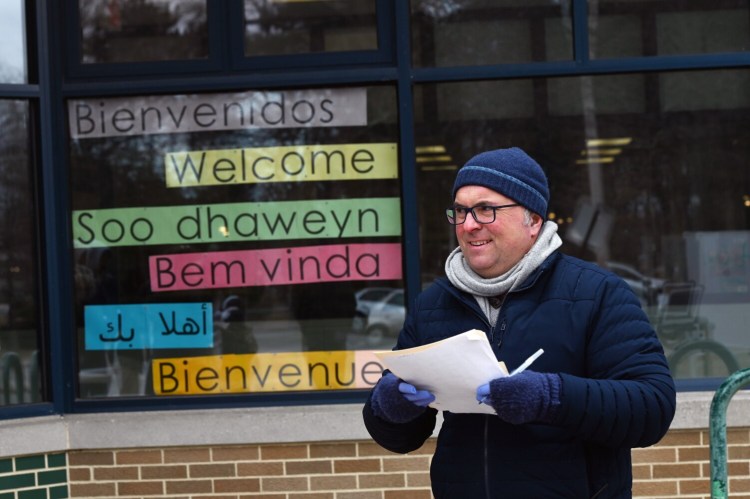The COVID-19 pandemic has revealed how the internet can be a literal lifesaver.
Under the threat of a highly contagious virus, school buildings have been able to shut down because students and teachers can continue to work online. Health care providers can consult with patients without bringing them into crowded clinics where they could spread or catch the novel coronavirus. Across the nation, it’s estimated that about a third of the workforce have jobs they can do from home and more than half of them are doing so now, using video conferencing and other technologies.
And families and friends are riding out the stay-at-home orders, using technology to avoid social isolation.
But in Maine, the pandemic has exposed how our spotty broadband service is putting lives at risk.
A recent national study estimates that 180,000 Mainers, about 13 percent of the state, have no internet or a low-speed connection. In those households, there is no distance-learning option, no telemedicine, no home office and no social connection to offset social distancing.
A lack of broadband access is not just an inconvenience, when there is a highly contagious disease moving through a community, it is an actual threat to public health.
When Maine schools closed this month to stop the spread of coronavirus, we learned that 20% of students do not have computers or access to broadband at home. That exacerbates an already too-wide economic disadvantage for students living in the poorest parts of the state, and it has led some school districts, including Augusta’s, to wonder if they should conduct distance learning at all.
It also puts school administrators in the difficult position of deciding how much of a threat to student safety would warrant closing down a school building, since, for them, it means losing vital time with students. They shouldn’t have to make that choice.
It’s easy to see why Maine would be particularly vulnerable to this infrastructure gap. We are a rural state with a dispersed population, making it financially unattractive for private internet service providers to extend service to all the people who live here. But a century ago, the same could have been said about telephone lines, and through legislative mandates and tough enforcement by regulators, phone service became the norm in almost every home.
But in the 21st century, we are not meeting the challenge.
In one of the last pieces of emergency business conducted in a coronavirus-shortened legislative session, lawmakers agreed to put a $15 million bond issue on the ballot this fall. That’s a step in the right direction, but not nearly enough to meet our infrastructure needs.
The ConnectMe Authority, a state agency that promotes the expansion of broadband, estimates that it would cost between $150 million and $450 million in public and private investment to serve every part of the state. Not all of that has to come from taxpayers. State funds, like the money that would be raised by the bond issue, would draw federal matching funds would be used to attract private partners. Maine can multiply its investment, but we can’t just wait for the private sector to figure this out.
It’s ironic that the thing that has so clearly illustrated the need for broadband access – the COVID-19 outbreak – is also creating an economic downturn that will make it harder to come up with the money. It would be a mistake, however, to let us fall further behind.
For a long time, we have known what has to be done. The coronavirus response shows why we need to do it.
Access to high-speed internet is literally a lifesaver. Let’s not forget that.
Comments are not available on this story.
Send questions/comments to the editors.


